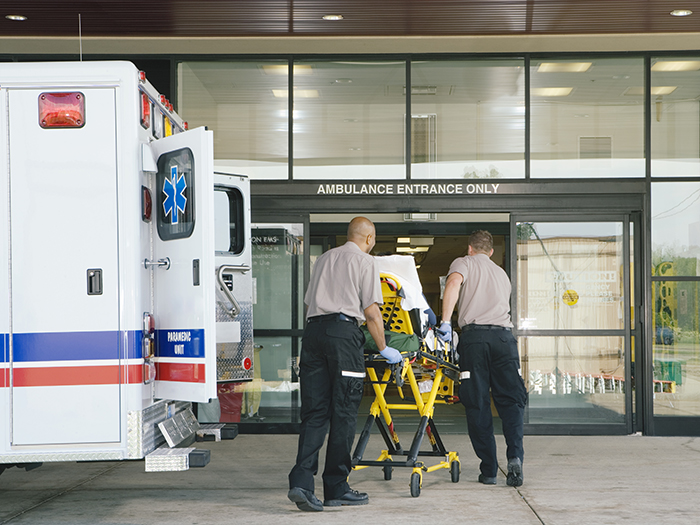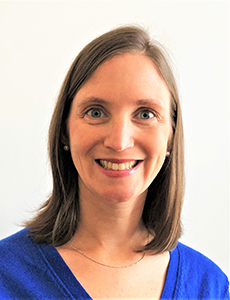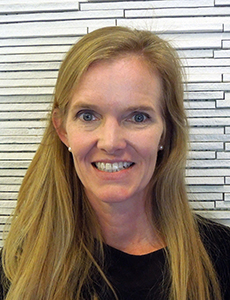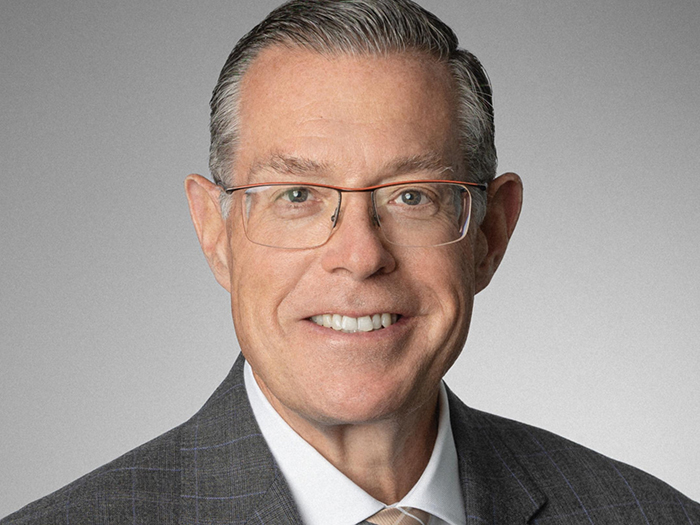Sponsored Content: Allied World
Rural Hospitals Are in Crisis, but Efforts to Save Them Don’t Come Without Risk

Rural hospitals are in crisis. Since January 2010, 83 rural hospitals have closed, leaving the community without access to acute care. According to a 2016 report by iVantage Analytics, 673 more were at risk of closure, constituting nearly one-third of all rural hospitals in the U.S.
“In many rural areas, there is only one hospital to begin with. If it closes, people are left wondering what they’ll do if they have an emergency. Even routine care falls to the wayside as it becomes too logistically challenging,” said Christine Hilbun, Assistant Vice President, Private Healthcare Division, Allied World.
The global recession of 2008 factors largely in rural facility financial struggles; many have never been able to fully recover. The Affordable Care Act of 2010 exacerbated these struggles by shifting focus to quality of care over quantity, encouraging the cutting of extraneous services and promoting efficiency wherever possible.
While beneficial for patients looking to avoid bloated hospital bills, these initiatives have also cut into healthcare organizations’ revenue streams and made it more difficult for cash-strapped rural providers to survive.
To stay in business, there are two paths these hospitals can take: merge with or be acquired by a larger entity, or cut costs. Both approaches come with unique liability risks.
The Management Liability Implications of M&A

Christine Hilbun
Assistant Vice President, Private Healthcare Division, Allied World
Survival option one is to seek a buyer and merge with or be acquired by a larger and more profitable health care network.
“Under extreme financial pressure, hospitals are faced with tough choices to ensure their survival. A large buyer could be their savior, but it means giving up some independence and losing control over some decisions related to budget and operational execution,” Hilbun said.
Consolidation in the health care sector has been going strong for a decade. A Deloitte report on the outcomes of hospital mergers and acquisitions found that there were more than 750 hospital M&As between 2008 and 2014.
According to a study by consulting firm Kaufman Hall, there were 115 transactions in 2017, up 13 percent over 2016 and the highest number recorded in any year so far. But 2018 may well set a new record; the first quarter saw 30 announced transactions — 11 percent more than first quarter of 2017.
Surveys of hospital executives indicate that being acquired by a larger health network leads to improved cost efficiencies and access to more capital investments. But joining with another entity means every aspect of a hospital’s operations will come under the microscope, inspected by both the potential buyer and by regulators.
These actions could impact management liability policies, and claims in this area have grown exponentially.
Loss data compiled by Advisen shows that management liability claims in the healthcare sector more than tripled between 2008 and 2016, with the average payout increasing from $2.2 million in 2008 to $6.5 million in 2016.
In one of the most expensive cases, Kindred Healthcare paid $125 million to settle allegations that its healthcare professionals coordinated with medical equipment firms to knowingly submit fraudulent Medicare reimbursement claims. In another instance, Saint Francis Hospital and Medical Center paid $107 million to settle workers’ claims that it underfunded its pension plan by nearly $140 million, in violation of ERISA.
“Management liability insurance is especially important for a rural hospital if it wants to pursue a merger or court a buyer and avoid potentially crippling lawsuits,” Hilbun said.
Shaving Costs Increases Medical Malpractice Risk

Karen Crawford
VP, North American Healthcare Division, Allied World
A rural hospital’s second option to survive on its own is through cutting costs and improving efficiency, but this potentially jeopardizes quality of patient care and increases medical malpractice risk.
For example, layoffs could result in understaffed patient corridors and over-stressed nurses, increasing the opportunity for error. Eliminating specialties like surgery units or maternity wards could also force physicians to perform procedures they are not trained for in emergency situations. Shaving the payroll by recruiting less experienced doctors with lesser salary requirements will also compound the risk.
“Budget cuts can also dishearten staff and weaken morale. Decreased employee engagement increases the likelihood of mistakes,” said Karen Crawford, VP, North American Healthcare Division, Allied World.
Substandard care would increase re-admissions, which negatively impacts Medicare and Medicaid reimbursement. All of these factors could eventually cause a loss of Joint Commission or DNV accreditation if quality of care continues to decline.
“Attempting to deliver high-quality care while also cutting costs is a difficult balance, and it creates many avenues for medical malpractice claims to be brought against a hospital,” Crawford said.
Turning to Risk Control Experts Can Help
Unfortunately, there are no quick fixes to save rural hospitals, but there are ways to establish safeguards against liability exposure. Partnering with an insurer that provides industry-specific risk control services can help avoid losses.
“Our healthcare liability risk consultants can help medical professional policyholders identify areas of potential liability, examine their clinical practices and existing risk management programs, and develop risk reduction strategies,” Crawford said. “Organizations are encouraged to engage our consultative services when redrafting or developing new policies or procedures, as we offer assistance with reviewing and editing and can provide sample policies and procedures.”
Allied World also provides a 24/7 hotline for medical professional and management liability policyholders. Should a crisis occur, consultants are on hand to provide recommendations or referrals to specialists — such as security vendors or public relations firms — depending on the nature of the event.
Education programs are another staple of Allied World’s loss control strategy. Customized to an organization’s specific vulnerabilities, a range of educational resources give healthcare risk managers the tools to augment their programs and stay on top of their exposures.
“Education programs are often jointly developed following an analysis of areas of exposure and educational needs through clinical risk assessments, claims history review and emerging trends in liability. Our education programs are a powerful tool to help each client mitigate potential loss, and they reinforce the central role each staff member plays in managing their organizational risk,” Hilbun said.
All of these tools complement Allied World’s comprehensive healthcare liability coverages for both management liability and medical practice risks.
To learn more, visit https://www.alliedworldinsurance.com/usa-management-and-financial-lines-healthcare-management-liability
This information is provided as a general overview for agents and brokers. Coverage will be underwritten by an insurance subsidiary of Allied World Assurance Company Holdings, GmbH, a Fairfax company (“Allied World”). Such subsidiaries currently carry an A.M. Best rating of “A” (Excellent), a Moody’s rating of “A3” (Good) and a Standard & Poor’s rating of “A-” (Strong), as applicable. Coverage is offered only through licensed agents and brokers. Actual coverage may vary and is subject to policy language as issued. Coverage may not be available in all jurisdictions. FrameWRXSM services are provided by third-party vendors via a platform maintained in Farmington, CT by Allied World Insurance Company, a member company of Allied World. © 2018 Allied World Assurance Company Holdings, GmbH. All rights reserved.
This article was produced by the R&I Brand Studio, a unit of the advertising department of Risk & Insurance, in collaboration with Allied World. The editorial staff of Risk & Insurance had no role in its preparation.










